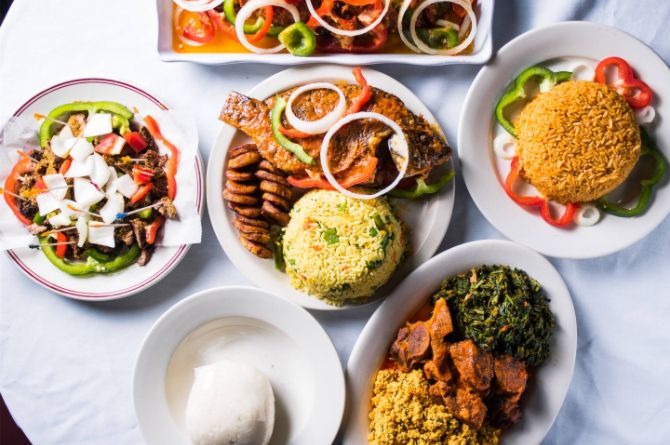
Zanzibar food comes from a mixture of various traditions of rulers that colonized Zanzibar – Independence The Bantu, Arab, Portuguese, Indian, British and even Chinese. Visiting the island nicknamed spice island you must try a local taste below is a list of dishes you should try
List of food you must try in Zanzibar
Zanzibar pizza
Zanzibari pizza is delicious and definitely worth a try. Don’t expect anything like a western pizza,. It is made unleavened dough that is stretched thin and filled with various ingredients. When filled, the sides are wrapped, and this pancake-like creation is then fried in ghee until it is golden and crispy.
Where to find it? Best Zanzibar pizza are made at Forodhani Gardens Stone town open-air food market opens every evening from 6:00 pm.
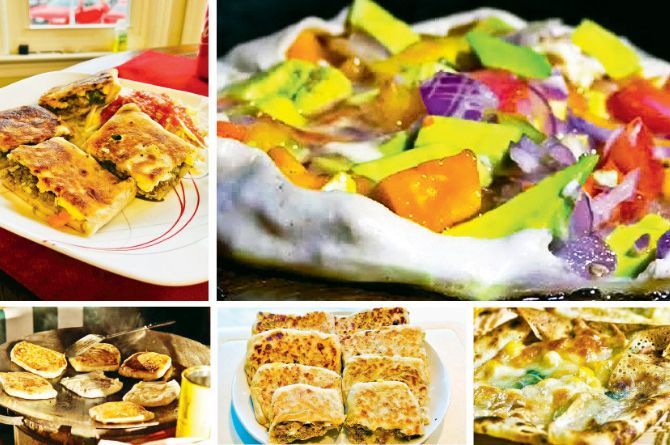
Pilau
Flavorful brow rice made with many aromatic spices, its color comes from frying onion till golden brown then adding water, rice and other spices.
You can easily find pilau at any restaurant in Zanzibar but for a pure local taste go to LUKMAAN RESTAURANT STONE TOWN
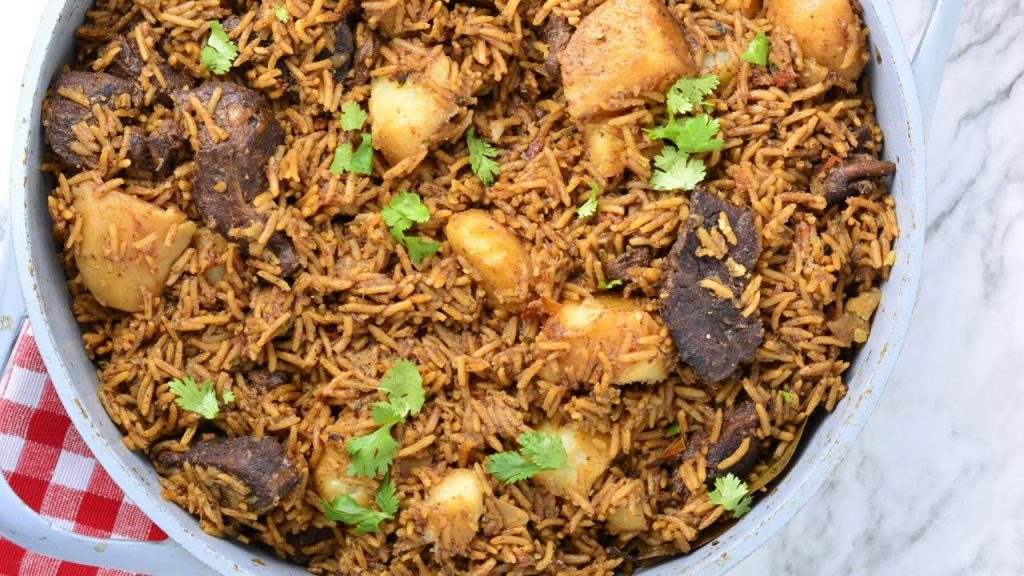
Ugali
Is made by mixing corn/maize flour with boiling water until thick and gummy. This dish recently got famous and many westerner’s knows it as FUFU. It got one rule to eat with your hand, forget about cutlery ask a waiter how to roll it, give it a little slap to spice things up, or throw it on the air and catch with your mouth 🙂
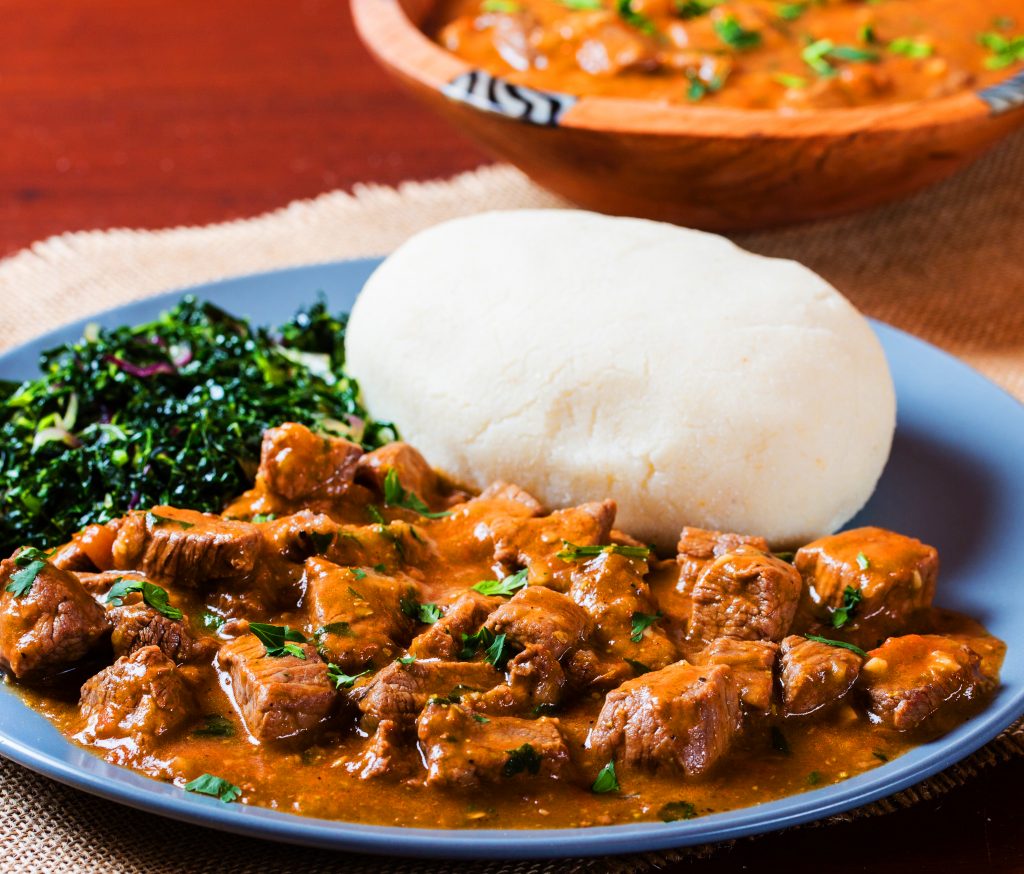
Urojo
Urojo Kind of soup, also called Zanzibar Mix sold by many street vendors and local restaurant is made from a mix of flour soup then topped by Bhajias, Mashed Potatoes, Red and Coconut Chutneys some add boiled egg and fried onion, it is absolutely a warm dish to kickstart a day
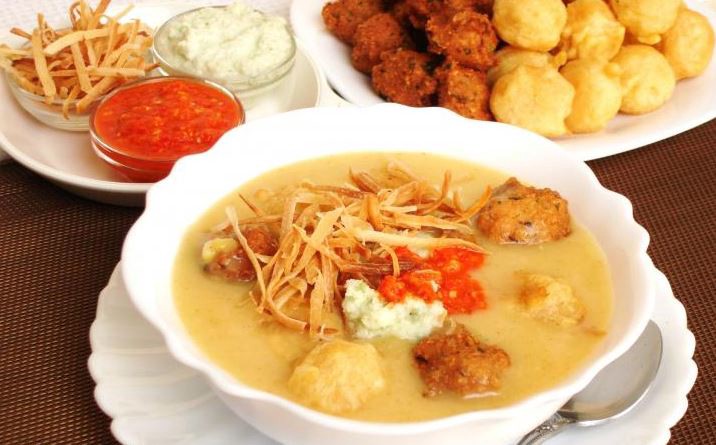
Mishikaki
Mishkaki is traditionally barbecued over charcoal, which adds a smoky flavor. Before cooking, allow the charcoal to reach cooking temperature, Cubes of steak are marinated and then skewered and grilled until tender, the result is succulent, moist and delicious barbecued meat morsels
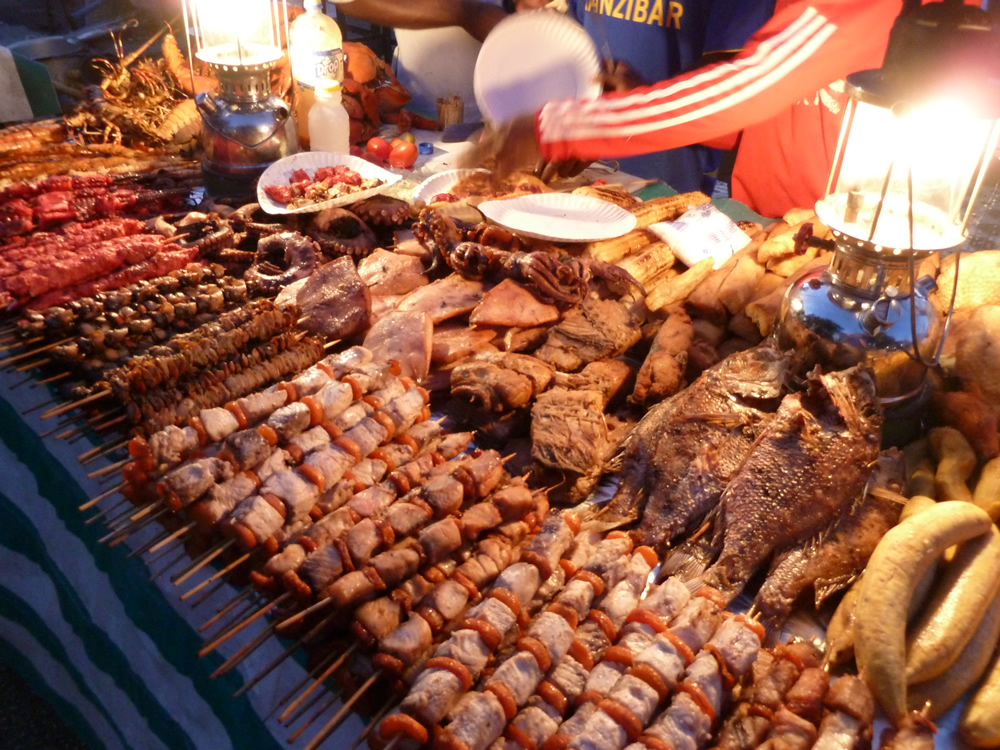
Chipsi Mayai
Chipsi mayai, also known as zege, is a popular street food in Zanzibar. If you translate it to English is Fries Omellete, made by fries topped with eggs, some veggies, ketchup etc. Calories don’t count in Zanzibar, this dish is approx. a dollar and you might end up eating 3 / day
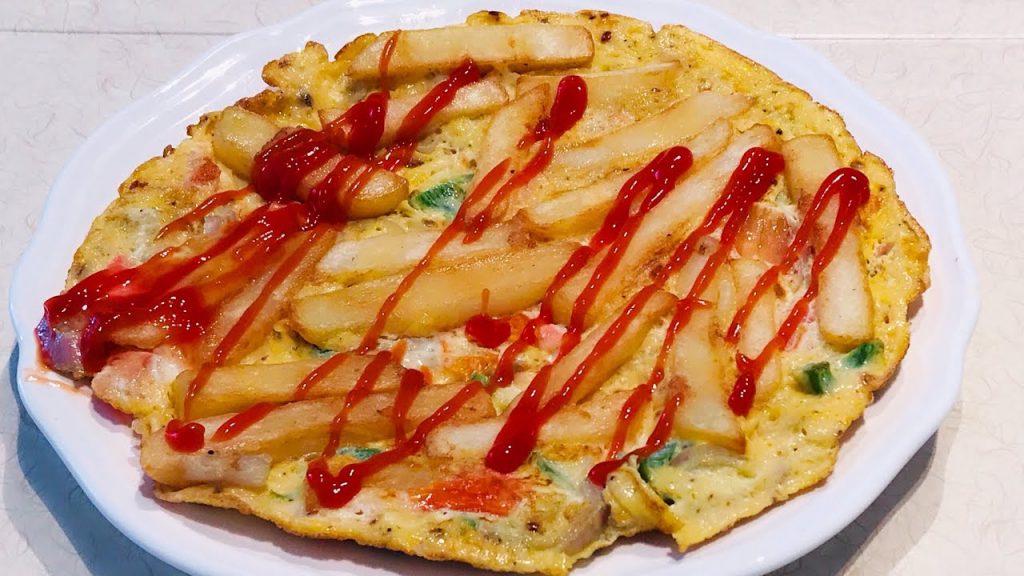
Chapati
Inspired by Indiani Roti , is a Zanzibar flat bread made of wheat flour with salt and butter mostly eaten for breakfast but also for lunch or dinner if combined with swahili curries or beans coconut soup
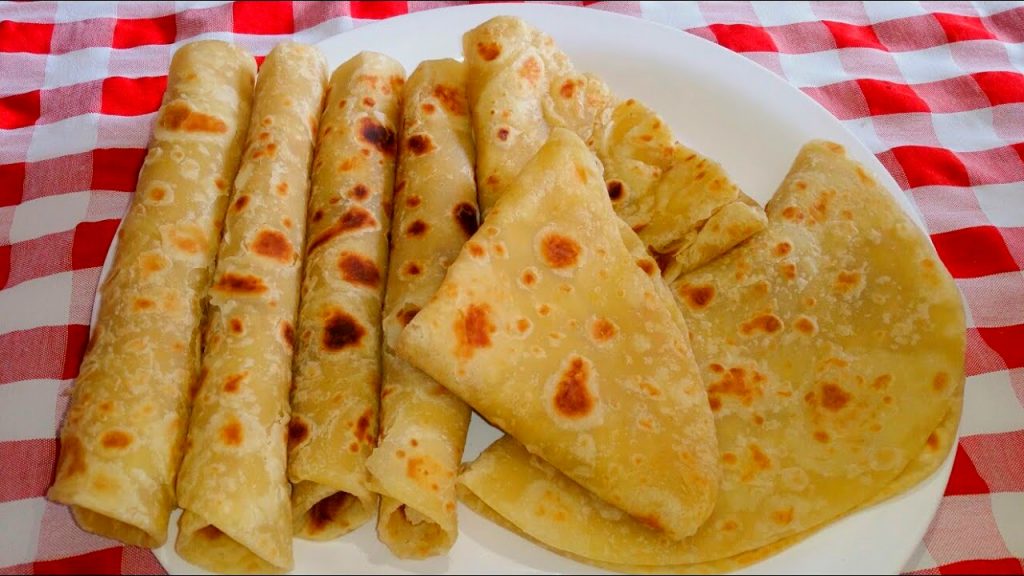
Ndizi
Ever thought of eating raw banana, Ndizi is made out of unripe banana peeled and boiled with spices, veggies meat/chicken and potato.
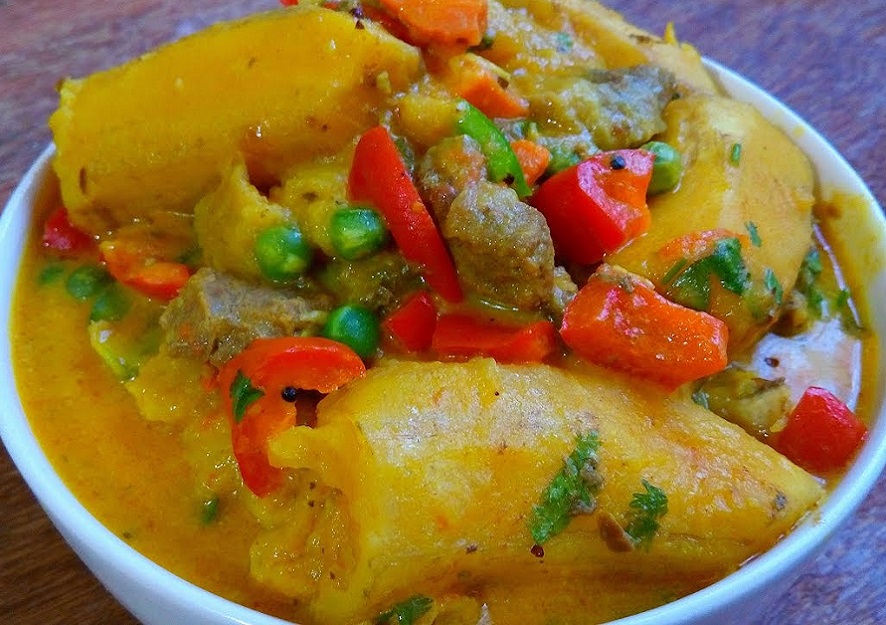
Seafood
Zanzibar is famous for its abundance of reef fish and large variety of marine life. Sea food prices around the island vary depending on the restaurant class, from 5 USD you can enjoy a nice seafood meal at a local restaurant, expect from 25 USD at high end restaurant
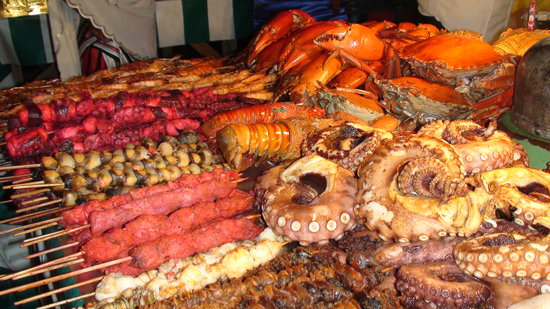
Biryani
Biryani similar to that of India is a mix of basmati rice with Zanzibar spices, chicken or beef
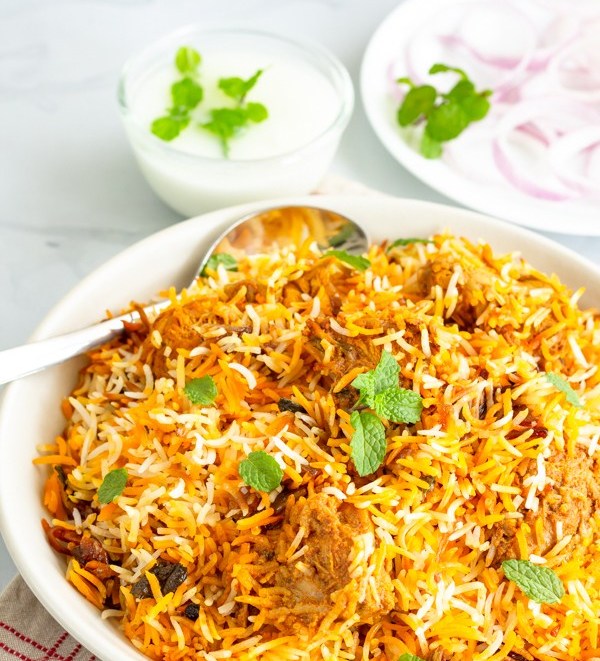
Kaimati
Now something sweet crunchy wheat flour balls dipped in a sweet sugar syrup known as kaimati or kalimati. They make for a delightful snack, enjoyable at anytime
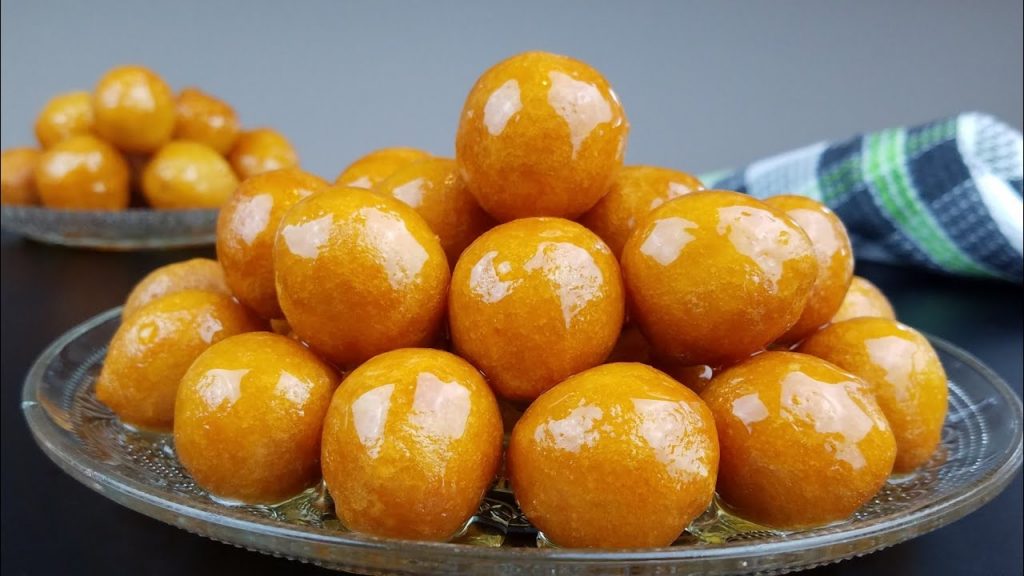
Sugarcane juice
Extremely tasty, live pressed and sieved then saved fresh
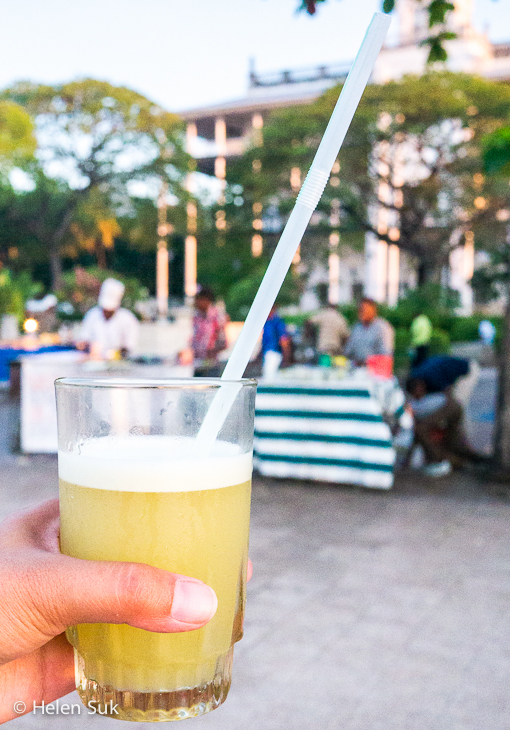
Facts about Zanzibar food
Zanzibar food is not expensive at all in fact you can find a meal for 2 US dollar, soft drinks from 0.5 USD, a booze from 1.5 USD Just beware at local restaurant check the menu or if no menu ASK for price first. Eating at local restaurants order WARM food only, avoid salad and any uncooked food.
Zanzibar people mostly eat locally grown food, cereal grains, vegetables, fruits, milk and meat products, they don’t usually import food, they cook available food grown in own way
Zanzibar food tours
Zanzibar cuisine history
Zanzibar is known as the The Spice Island of Africa. This island’s spice heritage harks back more than four centuries ago. In fact, it was previously an ancient trading hub of seafaring routes that circled between India, mainland East Africa, Malaysia and Portugal. During this period, spices from Western Asia made their way to Zanzibar thanks to the useful drift of the monsoon winds that made sailing across the expansive Indian Ocean (using a dhow) easy, practical and relatively fast.
That aside, Zanzibar gained massive popularity as a convenient spice trading bay in the 16th and 17th centuries after Portuguese explorers and traders set up base on the island in preparation of their plan to control the larger East African land block. During this time, the traders imported a collection of foreign plants and spices, which included aromatics from as far as India and South America. Soon enough, the Omani Arabs took over the Indian Ocean island and introduced widespread spice farming on it, thanks to its all-year-round regular rainfall and hot climate. In just a matter of a few decades, Zanzibar was a collection of clove trees interspersed with coconut trunks.
Today, the legendary spices of Zanzibar have made their mark on island’s tasty cuisine. So much so that food served in Zanzibar has a remarkable and distinctive taste that is almost impossible to find anywhere else in the world. What’s more, every visitor who lands in Zanzibar is offered what is now customary known as a ‘mandatory’ spice tour around the island. Among these are turmeric, ginger, cinnamon, chilies, nutmeg, black pepper, and vanilla. You can also take this opportunity to interact with the local population as you stroll through the array of Swahili villages that dot the island just outside Stone Town.
Zanzibar also offers an unforgettable cultural experience that is punctuated by a mouthwatering collection of fruits such as mangoes, lychees, papaya, bananas, jackfruit and the notoriously smelly Durian fruit. The island’s cooking includes full-bodied curries using available seafood such as octopus and meat such as goat. Fragrant spices and traditional Malaysian biryanis (a rice dish) complement the Middle-Eastern style kebabs and bhajias; a filled pastry fritter.
